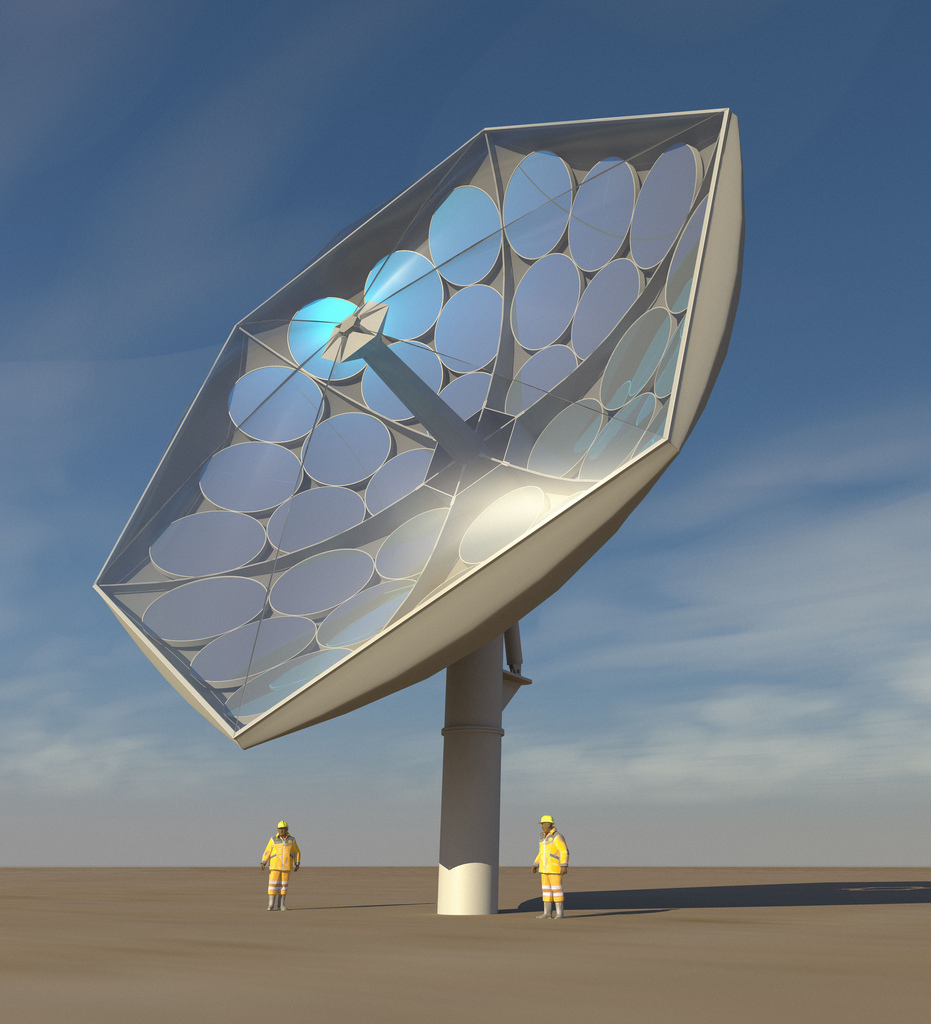<p>Have you ever thought of selling stored electricity to your utility provider?<br />
Well, you can; and if you have an interest in utilizing the sun, wind, hydroelectric or geothermal resources as alternate power supplies, you can use a grid tie inverter to lessen your reliance on utility companies.<br />
Those who harness alternate energy sources can store that energy in what are called battery banks; and it’s not uncommon for an excess supply of alternate energy to be available to actually sell back to the utility firms.</p>
<h3>How Does it Work?</h3>
<p>Energy from utility girds is ‘AC’, or alternate current, and is the type used by households for everyday needs—computers, appliances, lights, etc.<br />
Energy harvested from the sun and wind and other alternate means, is ‘DC’, or direct current electricity;<br />
and here is where grid tie inverters come in—they convert DC energy, from alternate sources, into AC energy that can be fed back into the grid and utilized by the community.</p>
<h3>GTI Owners Choose How Use the Energy:</h3>
<p>Some individuals prefer grid tie inverters that take alternate energy and feed it, solely, into the utility grid.<br />
Others prefer types of grid tie inverters which can feed some of the harvested energy into the utility grid or feed some into ones’ battery banks, or both, depending on the owner’s preference.<br />
This scenario offers the best of both worlds where one can use alternate energy for their home as well as make a profit off the excess energy one wishes not to use.<br />
One, also, has the option of giving energy to the utility company in exchange for free service.<br />
During those times where there might be insufficient power production, one can purchase electricity from the power company to meet everyday needs.</p>
<h3>GTIs Convert and Money is Made:</h3>
<p>Electricity delivered to the grid through the use of a GTI can be compensated for in several ways:<br />
<strong>1: Net-Metering—</strong>the individual owning the energy power source receives a reimbursement from the power company for his surplus of electrical power.<br />
For example, if one’s power system feeds 400 kilowatt hours into the grid system but that individual uses only 100 of those kilowatt hours from the grid, there would be a 300 kilowatt hour compensation.<br />
<strong>2: Feed-In Tariff: </strong> The person collecting the alternate energy is paid for every kilowatt hour fed into the grid;<br />
and the payment is governed by a distinct tariff which is outlined by a contract with the power authority or utility company.</p>
<h3>GTIs Must Align with Grid System:</h3>
<p>So, with the DC energy being converted into useable AC electricity fed into the grid, we have a beautiful symbiotic relationship, so to speak, but certain details must be synchronized.<br />
The GTI must match its frequency with that of the grid, as well as limit the voltage so it does not exceed the voltage of the grid.<br />
High-tech grid tie inverters have built-in computers that can sense the current AC grid waveform which permits it to effectively and accurately output a voltage proportionate with the grid.<br />
Other detailed factors are taken into precise consideration to make sure all interconnected details between the grid’s operations and the GTI’s functions remain coordinated and, ultimately, trouble-free.</p>
<h3>What if the Power Goes Out?</h3>
<p>There is always the possibility of power going out due to hurricanes, tornadoes etc. Hurricane Sandy of 2013 is a living reminder of how vulnerable we all are.<br />
Nonetheless, if the utility grid were to go down, the grid tie inverters as seen on Don Rowe,<br />
would quickly disconnect from the grid and would shut down to prevent its transferred energy from becoming a safety hazard for those assigned to get the grid back up and working, again.<br />
Want to make some extra income? What a unique way to do it!<br />
Karen continues to be an asset to her home town in Nebraska as well as the world wide web through her writing.<br />
Stay tuned to learn more about power inverters.</p>

Make $$ By Harnessing Energy With Inverter Technology
